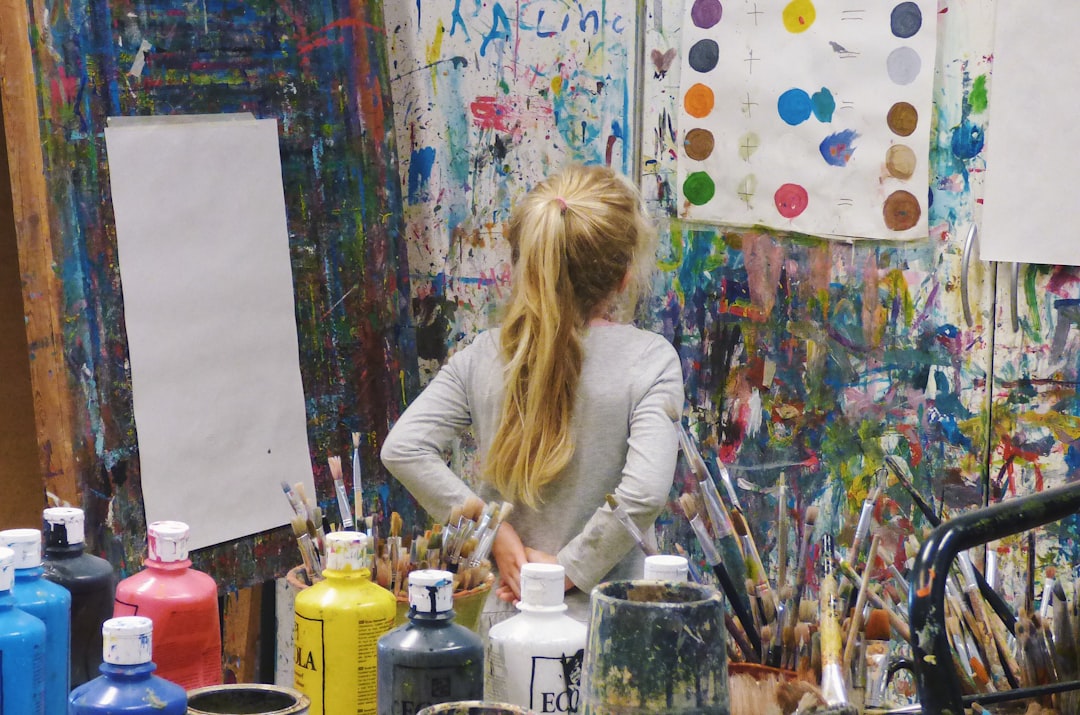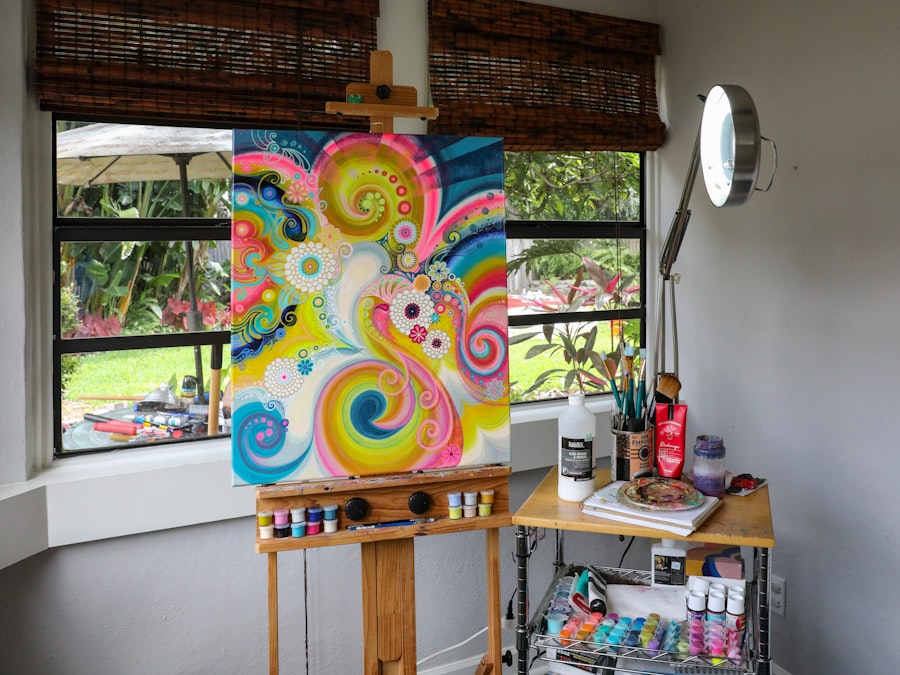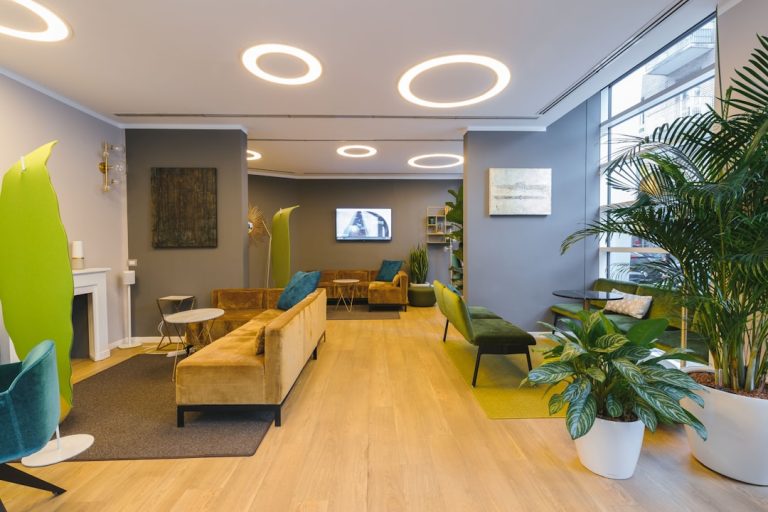
The realm of arts and creativity encompasses a vast array of professions that not only enrich our cultural landscape but also provide individuals with a means of self-expression and livelihood. Careers in the arts are often perceived as glamorous or idyllic, yet they require a unique blend of talent, dedication, and resilience. From visual artists to performers, writers, and designers, the arts sector is a dynamic field that attracts individuals passionate about creativity and innovation.
The importance of the arts in society cannot be overstated; they serve as a mirror reflecting societal values, challenges, and aspirations while also providing entertainment and emotional connection. As society evolves, so too do the opportunities within the arts. The digital age has transformed how art is created, shared, and consumed, leading to new career paths that were previously unimaginable.
Artists today can leverage technology to reach global audiences, collaborate across borders, and explore interdisciplinary practices that blend traditional art forms with modern techniques. This evolution presents both challenges and opportunities for aspiring artists, who must navigate a competitive landscape while remaining true to their creative vision.
Key Takeaways
- Careers in the arts offer a wide range of opportunities for creative individuals to pursue their passion and make a living.
- Artists and related workers can specialize in fields such as visual arts, performing arts, design, media, and more.
- Education and training in the arts can vary from formal degrees to on-the-job experience and self-taught skills.
- Job outlook and salary expectations for artists can fluctuate based on demand, experience, and industry trends.
- Networking and building a strong portfolio are essential for artists to showcase their work and connect with potential clients and employers.
Types of Artists and Related Workers
The diversity of careers in the arts is staggering, encompassing a wide range of disciplines and specialties. Visual artists, for instance, include painters, sculptors, photographers, and illustrators, each bringing their unique perspective and technique to their work. Painters may specialize in oil, watercolor, or acrylic mediums, while sculptors might work with clay, metal, or found objects.
Each visual artist’s journey is distinct, often influenced by personal experiences, cultural backgrounds, and artistic movements. Performing artists represent another significant category within the arts. This group includes actors, dancers, musicians, and theater directors who engage audiences through live performances.
Actors may work in film, television, or theater, each medium requiring different skills and approaches. Dancers might specialize in ballet, contemporary dance, or hip-hop, while musicians can range from classical composers to contemporary pop artists. The performing arts are characterized by their ephemeral nature; each performance is unique and cannot be replicated, adding an element of excitement and unpredictability.
In addition to these traditional roles, there are numerous related occupations that support the arts ecosystem. Art directors oversee visual aspects of projects in advertising or film; curators manage collections in galleries and museums; and art educators teach the next generation of artists. Each of these roles plays a crucial part in fostering creativity and ensuring that artistic endeavors are accessible to wider audiences.
Education and Training for Careers in the Arts

Education and training for careers in the arts can vary significantly depending on the specific discipline and individual career goals. Many artists pursue formal education through degree programs in fine arts, design, music, or theater. These programs often provide foundational skills in technique and theory while also encouraging students to develop their unique artistic voice.
For example, a Bachelor of Fine Arts (BFA) program may include courses in drawing, painting, sculpture, and art history, allowing students to explore various mediums before specializing. However, formal education is not the only pathway to a successful career in the arts. Many artists are self-taught or learn through apprenticeships and mentorships.
This hands-on experience can be invaluable, providing practical skills and insights that may not be covered in a classroom setting. Workshops and masterclasses led by established artists can also offer opportunities for skill development and networking within the industry. In recent years, online courses and platforms have emerged as popular alternatives for aspiring artists seeking flexible learning options.
Websites like Skillshare and Coursera offer courses on everything from digital illustration to music production. These resources allow individuals to learn at their own pace while accessing knowledge from industry professionals worldwide. Regardless of the educational path chosen, continuous learning and adaptation are essential for artists to thrive in an ever-changing landscape.
Job Outlook and Salary Expectations
| Job Title | Job Outlook | Salary Expectations |
|---|---|---|
| Software Developer | Positive | High |
| Registered Nurse | Very Positive | Medium |
| Accountant | Stable | High |
| Electrician | Positive | Medium |
The job outlook for careers in the arts can be quite variable depending on the specific field and economic conditions. According to the U.S. Bureau of Labor Statistics (BLS), employment for artists and related workers is projected to grow at an average rate compared to other occupations over the next decade.
However, certain sectors within the arts may experience more significant growth than others. For instance, multimedia artists and animators are expected to see increased demand due to the rise of digital media and entertainment platforms. Salary expectations for careers in the arts can also vary widely based on factors such as location, experience level, and specific job roles.
For example, according to BLS data from 2021, the median annual wage for fine artists was approximately $50,000, while graphic designers earned around $53,000 per year. In contrast, actors and musicians often face more unpredictable income streams due to the freelance nature of their work; many supplement their earnings through side jobs or teaching positions. It’s important for aspiring artists to research salary ranges within their chosen field and consider factors such as cost of living in their desired location.
While financial stability is a crucial consideration, many artists find fulfillment in pursuing their passion despite potential income fluctuations. Understanding the economic landscape of the arts can help individuals make informed decisions about their careers.
Networking and Building a Portfolio
Networking is an essential component of building a successful career in the arts. Establishing connections with other artists, industry professionals, and potential clients can open doors to new opportunities and collaborations. Attending art exhibitions, performances, workshops, and industry conferences can provide valuable networking opportunities where artists can meet like-minded individuals and share their work.
Building a strong portfolio is equally important for artists seeking to showcase their skills and attract potential employers or clients. A portfolio serves as a visual resume that highlights an artist’s best work and demonstrates their unique style and capabilities. For visual artists, this may include high-quality images of completed pieces along with descriptions of techniques used or concepts explored.
Musicians might compile recordings of their performances or original compositions to present their musical range. In today’s digital age, having an online presence is crucial for artists looking to expand their reach. Creating a personal website or utilizing social media platforms like Instagram or Behance allows artists to share their work with a broader audience while also engaging with followers.
Regularly updating portfolios with new projects can keep an artist’s work fresh and relevant in an ever-evolving industry.
The choice between freelancing and full-time employment is a significant consideration for many artists as they navigate their careers. Freelancing offers flexibility and autonomy; artists can choose projects that align with their interests and schedule. This independence allows for creative exploration without the constraints often associated with traditional employment.
However, freelancing also comes with challenges such as inconsistent income streams, lack of benefits like health insurance or retirement plans, and the need for self-discipline in managing time effectively. On the other hand, full-time employment can provide financial stability and access to benefits that freelancers may lack. Many organizations hire artists for specific roles such as graphic designers or art educators within schools or cultural institutions.
These positions often come with regular salaries and job security but may require adherence to company policies or creative limitations imposed by employers. Ultimately, the decision between freelancing and full-time employment depends on individual preferences and career goals. Some artists may find fulfillment in a hybrid approach—taking on freelance projects while maintaining a part-time job that provides steady income.
This balance allows them to pursue creative passions while ensuring financial stability.
Balancing Creativity and Financial Stability

One of the most significant challenges faced by artists is finding a balance between creative expression and financial stability. The pursuit of artistic endeavors often comes with inherent risks; many artists struggle to monetize their work effectively while remaining true to their creative vision. This tension can lead to frustration or burnout if not managed carefully.
To navigate this challenge successfully, artists must develop a clear understanding of their financial needs alongside their creative aspirations. Setting realistic financial goals can help guide decision-making regarding projects or collaborations that align with both artistic integrity and economic viability. For instance, an artist may choose to take on commercial projects that provide steady income while reserving personal time for passion projects that reflect their unique style.
Artists might explore teaching workshops or offering online courses as supplementary income sources while continuing to create original work. By embracing multiple avenues for revenue generation, artists can create a more sustainable career path that allows them to thrive both creatively and financially.
Resources and Organizations for Artists in the USA
Numerous resources and organizations exist to support artists throughout their careers in the United States. These entities provide valuable information on funding opportunities, professional development programs, networking events, and advocacy efforts aimed at promoting the arts sector. One prominent organization is the National Endowment for the Arts (NEA), which offers grants to individual artists as well as organizations working within various artistic disciplines.
The NEA plays a crucial role in funding projects that enhance public access to the arts while supporting artistic innovation across communities. Additionally, local arts councils often serve as vital resources for artists seeking support at the community level. These councils typically offer grants, workshops, exhibitions spaces, and networking opportunities tailored specifically for local artists.
Online platforms such as ArtStation or DeviantArt allow visual artists to showcase their work while connecting with other creatives globally. Similarly, organizations like ASCAP (American Society of Composers, Authors, and Publishers) support musicians by providing performance royalties and resources for navigating copyright issues.
By leveraging these resources and organizations effectively, artists can enhance their careers while contributing meaningfully to the vibrant tapestry of American culture through their creative endeavors.
If you are interested in learning more about careers in the USA for artists and related workers, you may want to check out the article “10 Careers for Creative People” on careersintheusa.com. This article provides valuable information on various career paths that creative individuals can pursue in the United States. It offers insights into different job opportunities and tips for success in the creative industry. Whether you are a painter, sculptor, musician, or any other type of artist, this article can help you explore your options and make informed decisions about your career.
FAQs
What are some common careers in the USA for artists and related workers, all other?
Some common careers for artists and related workers, all other in the USA include craft artists, fine artists, multimedia artists and animators, and art directors.
What are the typical job duties for artists and related workers, all other?
Job duties for artists and related workers, all other may include creating original artwork, developing designs for various media, using computer software to create animations or special effects, and overseeing the visual style of a project as an art director.
What education and training is typically required for careers in this field?
Many artists and related workers, all other have a bachelor’s degree in fine arts or a related field. Some positions may require a master’s degree, especially for those in leadership or teaching roles.
What are the job prospects for artists and related workers, all other in the USA?
Job prospects for artists and related workers, all other can vary depending on the specific occupation and industry. Overall, competition for jobs in this field is expected to be strong.
What is the median pay for artists and related workers, all other in the USA?
According to the Bureau of Labor Statistics, the median annual wage for artists and related workers, all other was $63,420 in May 2020.



